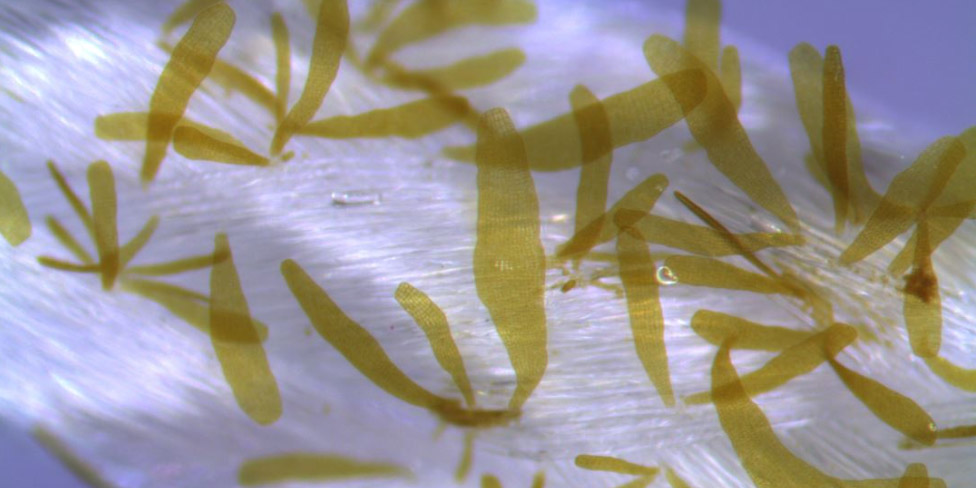Making seaweed cultivation into a major industry
Seaweeds can be used to improve soils and for the biological capture and storage of carbon. They can serve as feed for livestock and as a food and health supplement for humans. And that’s just for starters. A new research project is aiming to help upgrade current cultivation systems to an industrial scale.
Norway has a long coastline that offers ideal conditions for the cultivation of seaweed. The aim of a new research project, called GP Seaweed, is to expand seaweed cultivation in Norway into an industrial scale enterprise and generate new, sustainable and climate-positive products from seaweeds.
The project is focusing on creating products that can be supplied to four climate-friendly value chains; food ingredients, livestock feed, biodegradable alternatives to plastics, as well as fertilisers and biocoal for agricultural and carbon removal purposes, respectively.
The researchers working on the project will be investigating the species Saccharina latissima (sugar kelp) and Alaria esculenta (winged kelp) since these two seaweeds offer their own distinctive properties. The planned products will exploit the entire seaweed biomass. Nothing will be wasted.
GP Seaweed is a ‘Green Platform’ project, funded by the Research Council of Norway and coordinated by SINTEF Ocean. The project has 12 partners representing both the research community and the industrial sector.
You will find more information about the project on the GP Seaweed website (in Norwegian).


